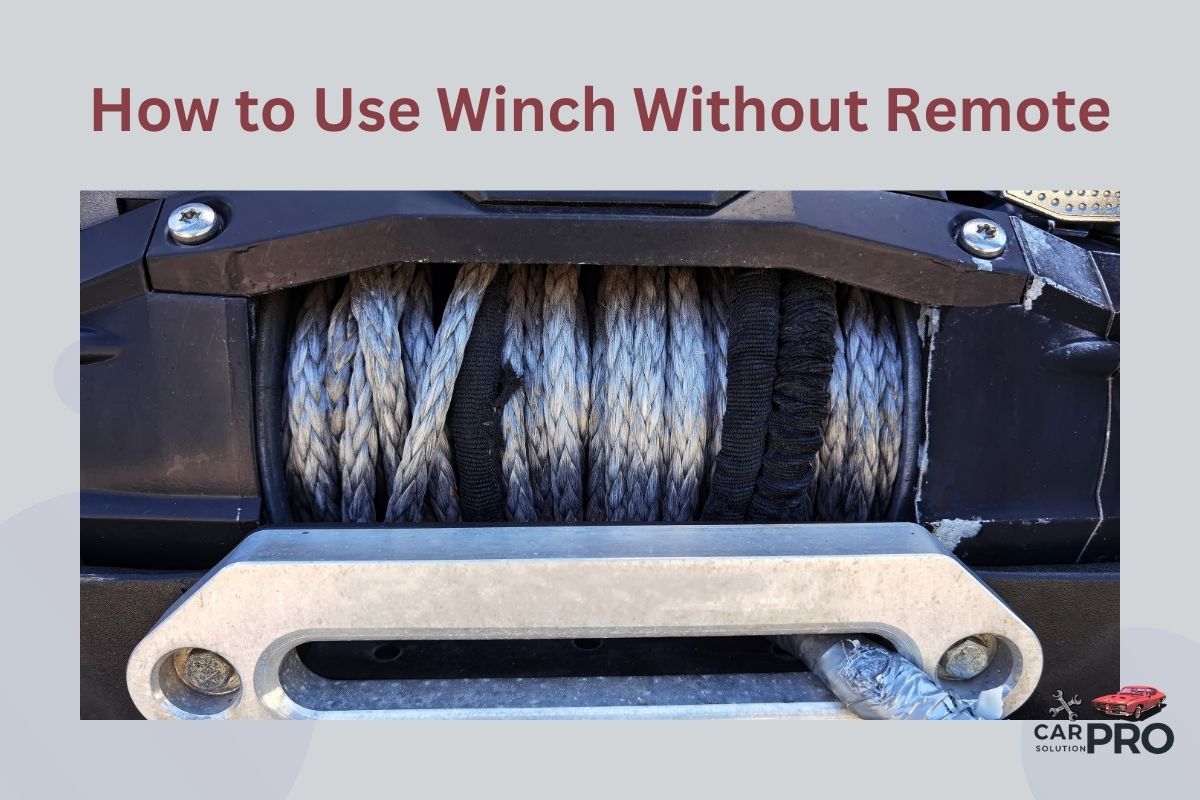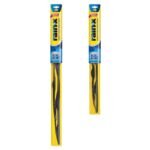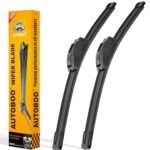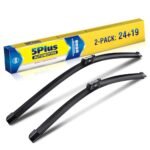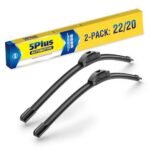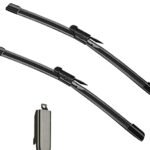Using a winch without a remote can be a challenge, but it’s not impossible. When faced with a non-working remote or the need for manual operation, there are several methods to get your winch moving. The most reliable way to use a winch without a remote is by hot wiring the winch controls to your vehicle’s cab.
Before attempting any manual operation, it’s crucial to prepare the winch properly. This includes stretching out the cable to ensure smooth operation and checking for any signs of wear or damage. Safety should always be the top priority when using a winch, especially without the convenience of a remote control.
For those who prefer a more permanent solution, creating a custom remote using basic electrical components is an option. Some winch owners have successfully replaced damaged connectors with microphone connectors to create a functional remote for a fraction of the cost of a new one.
Key Takeaways
- Hot wiring the winch to the vehicle’s cab allows for remote-free operation
- Proper preparation and safety checks are essential before manual winch use
- Custom remotes can be made using basic electrical components as a cost-effective solution
Understanding the Basics of a Winch
A winch is a mechanical device that pulls in or lets out a rope or cable. It uses a motor and gears to create strong pulling power. Winches help move heavy loads or pull vehicles out of tough spots.
Types of Winches
Winches come in different types for various uses. Electric winches are common for vehicles. They run on the car’s battery and are easy to use. Hydraulic winches use fluid power and are stronger than electric ones. They work well for heavy loads.
Hand winches need manual effort to turn the drum. They’re good for small jobs or when power isn’t available. PTO (Power Take-Off) winches connect to a vehicle’s transmission. These are very strong and often used on big trucks.
Key Components
The main parts of a winch are the motor, drum, and cable. The motor provides power to turn the drum. Electric motors are common in car winches. The drum is the cylinder that holds the cable. It spins to wind or unwind the cable.
The cable can be wire rope or synthetic rope. Wire rope is strong but heavy. Synthetic rope is lighter and safer to handle. The fairlead guides the cable onto the drum smoothly. It stops the cable from tangling.
A gear train connects the motor to the drum. It increases pulling power. The brake holds the load when the winch stops. A control system lets you operate the winch. This can be a switch, remote, or wired controller.
Preparing the Winch for Manual Use
Getting your winch ready for manual operation involves two key steps. These steps ensure safe and effective use of the winch without a remote.
Disengaging the Clutch
To start, you need to disengage the clutch. This allows the winch drum to rotate freely. Locate the clutch lever on your winch. It’s usually on the side or top of the winch housing.
Turn the lever to the “Disengage” or “Free Spool” position. You may hear a clicking sound. This means the clutch is now disengaged.
With the clutch disengaged, you can pull out the winch cable by hand. This makes it easier to reach the object you want to pull.
Securing the Winch Cable
After disengaging the clutch, it’s time to secure the winch cable. This step is crucial for safe winching.
First, stretch out the winch cable fully. This helps remove any weak points in the cable.
Attach the winch hook to a strong anchor point on the object you’re pulling. Use a D-shackle for added security. Make sure the hook’s tip faces upward.
Double-check all connections. The cable should be tight but not overstretched. This prevents sudden jerks when you start winching.
Once secured, re-engage the clutch. Turn the lever back to the “Engage” position. Your winch is now ready for manual use.
Alternative Winch Operation Methods
When a winch remote isn’t working, there are other ways to operate the winch. These methods can help in emergencies or when the remote is unavailable.
Manual Cranking
Manual cranking is a basic but effective way to use a winch without a remote. Most winches have a manual crank handle for this purpose.
To use the manual crank:
- Disengage the winch motor
- Insert the crank handle into the designated slot
- Turn the handle to wind or unwind the cable
This method is slow but reliable. It’s best for short distances or light loads. Manual cranking can be tiring for heavy loads or long pulls.
Some winches have a free-spool lever that allows easier manual operation. This lever disengages the motor, letting the cable move freely.
Using a Snatch Block
A snatch block is a pulley that can increase a winch’s pulling power and change the cable’s direction.
To use a snatch block:
- Attach it to a sturdy anchor point
- Run the winch cable through the pulley
- Connect the cable end to the load
This method reduces the load on the winch by up to 50%. It’s useful for heavy loads or when the winch is underpowered.
Snatch blocks also help in situations where a straight pull isn’t possible. They can redirect the cable around obstacles or to a better angle.
Battery Jumper Method
The battery jumper method allows direct control of the winch motor. It bypasses the remote control system entirely.
Steps for the battery jumper method:
- Locate the winch’s power terminals
- Connect jumper cables to the winch terminals
- Touch the other ends to the vehicle’s battery
This method requires caution. Incorrect connections can damage the winch or vehicle electrical system. It’s best used by those with basic electrical knowledge.
The battery jumper method offers precise control. The winch moves only when the jumper cables are connected. This allows for careful inching of the load.
Safety Considerations
Using a winch without a remote requires extra care. Proper safety measures are crucial to prevent accidents and injuries.
Personal Safety Gear
Wearing the right safety gear is essential when operating a winch. Thick leather gloves protect hands from cuts and burns. Safety glasses shield eyes from debris. Steel-toed boots guard feet from heavy objects.
A hard hat protects the head from falling items. Wear long sleeves and pants to avoid scrapes and cuts. Avoid loose clothing that could get caught in the winch.
Keep a first aid kit nearby for minor injuries. Have a fire extinguisher on hand in case of electrical fires.
Inspecting Winch and Equipment
Check the winch and cable before each use. Look for frayed or kinked cables, which can snap under load. Inspect the winch drum for damage or rust.
Test the winch controls to ensure proper function. Examine the winch motor for signs of overheating or wear. Verify that all bolts and connections are tight.
Inspect hooks, shackles, and other attachments for cracks or deformation. Replace any damaged parts before use. Clean and lubricate moving parts as needed.
Safe Winching Practices
Always use a tree saver strap when anchoring to trees. This protects both the tree and your equipment. Never wrap the winch cable directly around an object.
Keep bystanders clear of the winching area. The cable can whip if it breaks under tension. Stand to the side of the cable, never directly behind it.
Use a cable damper to reduce recoil if the line snaps. Avoid overloading the winch. Know its rated capacity and stay well below it.
Take breaks to let the winch motor cool down. Go slowly and steadily to prevent jerky movements. Stop immediately if you hear strange noises or see smoke.
Maintenance and Care
Proper upkeep of your winch ensures its reliability when you need it most. Regular checks and correct storage are key to keeping your winch in top shape.
Regular Inspection and Lubrication
Check your winch cable often for fraying or kinks. Replace damaged cables right away to avoid breakage during use. Inspect the winch and cable for signs of wear, bent parts, or motor heat damage.
Clean the winch after each use, especially if exposed to mud or saltwater. This prevents rust and corrosion. Apply a thin coat of marine-grade grease to moving parts like gears and bearings.
Test the winch monthly by spooling out and rewinding the cable. This keeps parts moving smoothly. Listen for unusual noises that might signal problems.
Proper Storage and Handling
Store your winch in a dry place when not in use. Cover it to protect from dust and moisture. If mounted on a vehicle, use a winch cover in bad weather.
Avoid leaving the winch under tension for long periods. This can strain the motor and cable. After use, release tension and neatly rewind the cable.
Handle the winch with care during installation or removal. Don’t drop it or bang it against hard surfaces. This can damage internal components.
When transporting the winch, secure it well to prevent movement. Keep it upright to avoid oil leaks from the gearbox.
Frequently Asked Questions
Operating a winch without a remote involves safety precautions and technical know-how. These questions address common concerns about manual operation, wiring, and troubleshooting winch systems.
What are the steps to manually bypass a winch remote?
To manually bypass a winch remote, first locate the solenoid box. Connect the power cable directly to the winch motor. Use caution when handling electrical components.
Attach jumper cables between the battery and winch terminals. This allows direct power flow to the winch motor.
Can a winch be safely operated by direct wiring to a battery?
Direct wiring a winch to a battery is possible but risky. It bypasses safety features built into the remote system.
Only attempt this method if you have proper electrical knowledge. Use heavy-duty cables rated for the winch’s amperage draw.
What is the process for testing a Warn winch if the remote is missing?
To test a Warn winch without a remote, check the battery connections first. Ensure they are clean and tight.
Next, inspect the winch cable and motor for any visible damage. If everything looks good, try activating the winch using the manual override switch on the solenoid box.
How can you reprogram a lost or defective winch remote?
Reprogramming a winch remote typically requires a new remote compatible with your winch model. Check the manufacturer’s instructions for specific steps.
For some models, you may need to press a sync button on the winch or solenoid box. Then activate the new remote to pair it with the winch.
What wiring diagram is applicable for a 12 Volt winch setup?
A typical 12V winch wiring diagram includes connections from the battery to the solenoid, and from the solenoid to the winch motor. The remote control wires connect to the solenoid as well.
Always refer to your specific winch model’s manual for the correct wiring diagram. Incorrect wiring can damage the winch or create safety hazards.
Without a solenoid, how can you control a winch’s power and direction?
Controlling a winch without a solenoid is not recommended. The solenoid acts as a safety switch and power management device.
If attempting to operate without a solenoid, extreme caution is necessary. Direct battery connections can be made to control power, but managing direction becomes very difficult and potentially dangerous.
When you purchase a product through Amazon links on carsolutionpro.com, we may earn a small commission at no extra cost to you. This helps support the site and keep our content free. As an Amazon Associate, we earn from qualifying purchases made through our links.
